Every year, Red Nose Day (Friday 9 August) aims to raise awareness of safe sleeping habits for babies, to prevent Sudden Unexpected Death in Infancy/SUDI (previously known as SIDS).
Newborns are particularly vulnerable, and parents play a crucial role in the supervision of their child’s sleep safety both during the day and night. Here are a few simple and effective safe sleeping steps to minimise the risk of sudden unexpected death in infancy and sleeping accidents.
1) Place baby on their back for every sleep
The safest sleeping position for babies, from newborn to twelve months, is to place them on their back. This avoids any fatal choking accidents that can occur if they accidentally sleep on their sides or stomach. When babies are old enough to roll over (4-6 months), you should continue to put them to sleep on their back. Do your best to gently turn them back but let your baby naturally find their sleeping position.
2) Ensure baby’s head and face are fully uncovered
At all times, babies’ heads and faces should be completely exposed when they are sleeping. Ensure all bed sheets are tucked tightly and remove any pillows, huge blankets and soft toys from the cot. To keep your baby warm in winter, use a safe infant sleeping bag with a fitted neck, armholes and no hood.
3) Dress baby appropriately to room temperature
Dress babies similarly to how you would dress yourself – comfortably warm and not overly hot. To check a baby’s temperature, touch their back or tummy and it should feel warm. Don’t be alarmed if your baby’s hands and feet are cool (this is normal!).
4) Create a smoke-free baby zone
The risk of SUDI increases exponentially when babies are exposed to smoking during pregnancy and after birth. Protect your baby by creating a smoke-free zone at your home, nursery, in your car or at any location that you spend most of your time. If you are looking to quit smoking and need some assistance, speak to your local GP or call the Quitline on 137 848.
5) Have a separate baby sleeping space in the bedroom
Whilst bed-sharing is welcomed in some cultures, babies require a different sleeping environment to adults. Set up a cot in your bedroom so your baby has their own space but is still within close range to you.
6) Check your baby’s cot meets Australian safety standards
Whether you’re using a new, second-hand, portable or stationary cot, it is imperative that they meet current Australian Standards. This should be evident by a clear label (AS/NZS 2172). Even if it looks ‘safe’, never use an unregulated cot as they can pose multiple hidden dangers to your baby, such as contact with lead paint or injuries from being caught in gaps. If you are unsure, you can always refer to Australian Competition & Consumer Commission’s Product Safety Laws for household cots for more specifications.
7) Check mattress is firm, level and fits cot
Unlike cots, cushions or any makeshift bedding are never a safe sleeping surface for babies. Ensure that there are no gaps between the mattress and cot to avoid any chance of babies jamming their heads. The mattress should also be flat and firm to prevent any chance of babies rolling over, and this means padding and layering mattresses should also be avoided. To test the firmness of your baby’s mattress, you can read more in Standard AS/NZS 8811.1:2013.
8) Breastfeed baby if possible
Scientific research has shown that breastfeeding provides multiple benefits for babies, including reducing the risk of SUDI. Regardless of which method you use, safe sleeping practices are ultimately crucial in protecting your baby.
If you have any questions about SUDI or safe sleeping practices for babies, it is best that you speak to your midwife or family doctor. The Mater Hospital, one of Sydney’s leading maternity hospitals, has a supportive and reliable team of midwives and professionals that are happy to listen to and attend to your needs.
Alternatively, you can visit Red Nose’s website or call their 24-hour support line 1300 308 307. Red Nose is a charity dedicated to researching more about protecting lives of infants, and supporting families impacted by the loss of a child.
About Sarah Neale
Sarah Neale is a Clinical Nurse Coordinator at The Mater Hospital, one of Sydney’s leading maternity hospitals.






















-

-
-
meedee said
- 24 May 2023
Reply
-
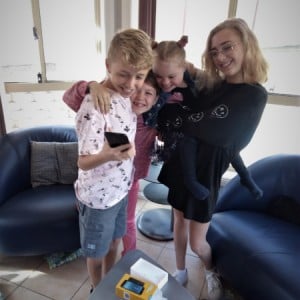
-
-
Ellen said
- 30 Aug 2019
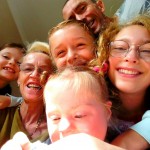
-

-
-
tessie said
- 20 Aug 2019
-

-
-
mom101628 said
- 15 Aug 2019
-

-
-
mom160421 said
- 14 Aug 2019
-

-
-
rovermum said
- 14 Aug 2019
-

-
-
mom343701 said
- 13 Aug 2019
-

-
-
mom152736 said
- 13 Aug 2019
-
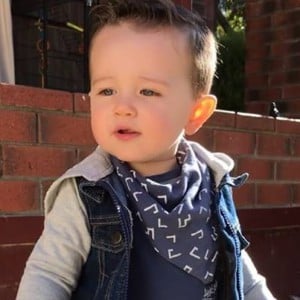
-
-
Mum2archer said
- 13 Aug 2019
-

-
-
becstalou said
- 13 Aug 2019
-

-
-
ella12 said
- 13 Aug 2019
-
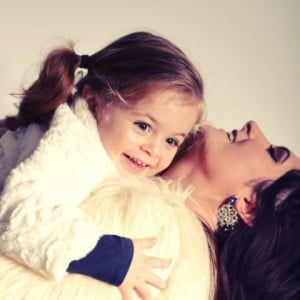
-
-
mom376182 said
- 13 Aug 2019
-

-
-
Ellen said
- 13 Aug 2019
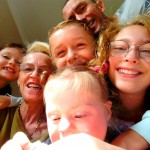
-

-
-
mom265671 said
- 12 Aug 2019
-

-
-
MisChip said
- 12 Aug 2019
Post a comment10:47 am
7:39 am
3:05 pm
9:52 pm
11:24 am
9:29 am
4:54 pm
2:58 pm
2:22 pm
-

-
-
Ellen replied
- 14 Aug 2019 , 9:09 am
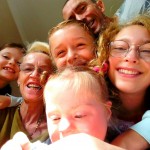
Reply1:23 pm
11:16 am
11:12 am
3:59 am
11:15 pm
11:00 pm
To post a review/comment please join us or login so we can allocate your points.